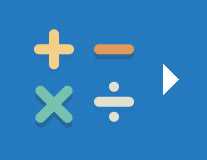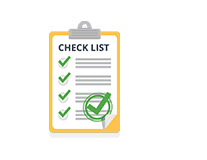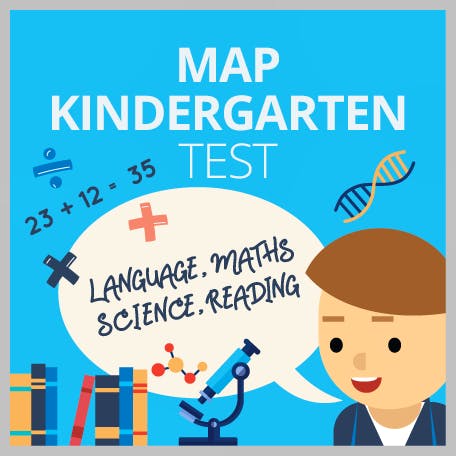Study Guide for the CogAT Grade 4 Test: with Practice Tips
Updated June 4, 2024


The CogAT Grade 4 test is used to understand a student’s thinking and reasoning abilities. It is not a test of learned knowledge; rather, it is a diagnosis of how they learn.
The 4th Grade CogAT test measures reasoning ability in three key areas: verbal, non-verbal and quantitative.
The assessment is often used to identify students for gifted and talented education programs.
If your child has been selected to sit the CogAT test in 4th grade, it can be confusing to know what to do to help.
This article will help you to answer these questions:
- What is the CogAT test?
- What skills is the test assessing?
- What is the format of the test?
- How can I help my child prepare?
- What skills can we practice?
- What is the scoring system?
What are CogAT tests?
The CogAT, or Cognitive Abilities Test, is an assessment published by Riverside Insights.
It is important to note the CogAT is not a test of learned knowledge. It is designed to identify a student’s capacity for learning and reasoning skills.
The CogAT is principally used for three reasons:
- To determine reasoning ability in relation to peers
- To understand the academic potential of students
- As entry onto talented or gifted programs
Traditional academic tests are used to identify what a child has learned. In contrast, the CogAT identifies how they learn.
The multiple-choice test uses three distinct batteries of questions. These assess verbal, non-verbal and quantitative reasoning skills.
The results are used to predict their potential for learning in comparison to their peers.
The test is administered to students from kindergarten to the 12th grade.
The content is differentiated between levels in line with expected developmental ability. The tests get progressively more difficult.
Students in grade 4 generally take the level 10 assessment. The level below may be used if the test is administered at the start of the school year.
Also, more gifted students may take a higher level, so check beforehand which level has been assigned to your child.
Format of the CogAT Test 4th Grade
The test is timed and takes around 90 minutes to complete.
It can be taken online or using a traditional pencil and paper format.
In the 4th grade, children generally sit the level 10 assessment. This contains a total of 176 multiple-choice questions.
The questions are divided into three distinct parts or batteries.
These batteries may be **administered at one time or on three separate occasions. This depends on the needs of the school or teacher.
The three sections are:
- Verbal
- Non-verbal
- Quantitative
The non-verbal subset is useful for testing students with reading difficulties and speakers of other languages.
Each battery is broken into three subsections. These all take 10 minutes to complete.
Let’s take a look at each section in more detail.
Verbal battery
This battery contains:
- Analogies – Identifying the relationship between concepts
- Sentence completion – By choosing the most appropriate word
- Classification – Grouping related verbal concepts
Non-Verbal Battery
This battery contains:
- Paper folding – Visualizing 2D image of hole punched folded paper
- Figure matrices – The relationship between shapes and images
- Figure classification – Choosing the correct image to complete a set
Quantitative Battery
This battery contains:
- Number puzzles – Solving equations to identify missing digits
- Number series – Identifying patterns in a series of numbers
- Analogies – Recognize the relationship between numbers
4th Grade CogAT Test Practise Question
Sample Verbal CogAT questions
1. Which word fits this group of words the best?
Piano | Harp | Violin
a) Sheet
b) Guitar
c) Music
d) Orchestra
2. Choose the best word to complete the sentence:
Eric stamped his feet when he felt _______.
a) Tired
b) Alone
c) Angry
d) Sad
1. Look at the images. They show paper being folded and a hole is punched.
What will the paper look like when it is opened?
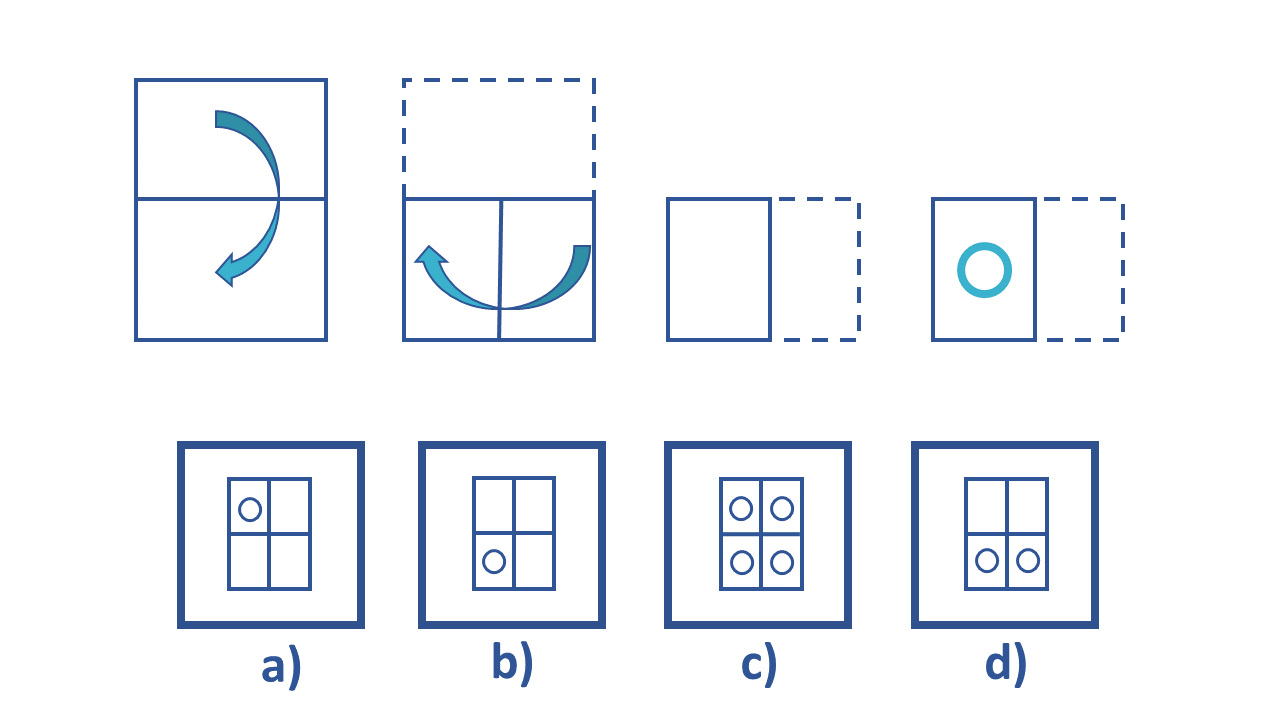
2. Identify the next image in the series below.
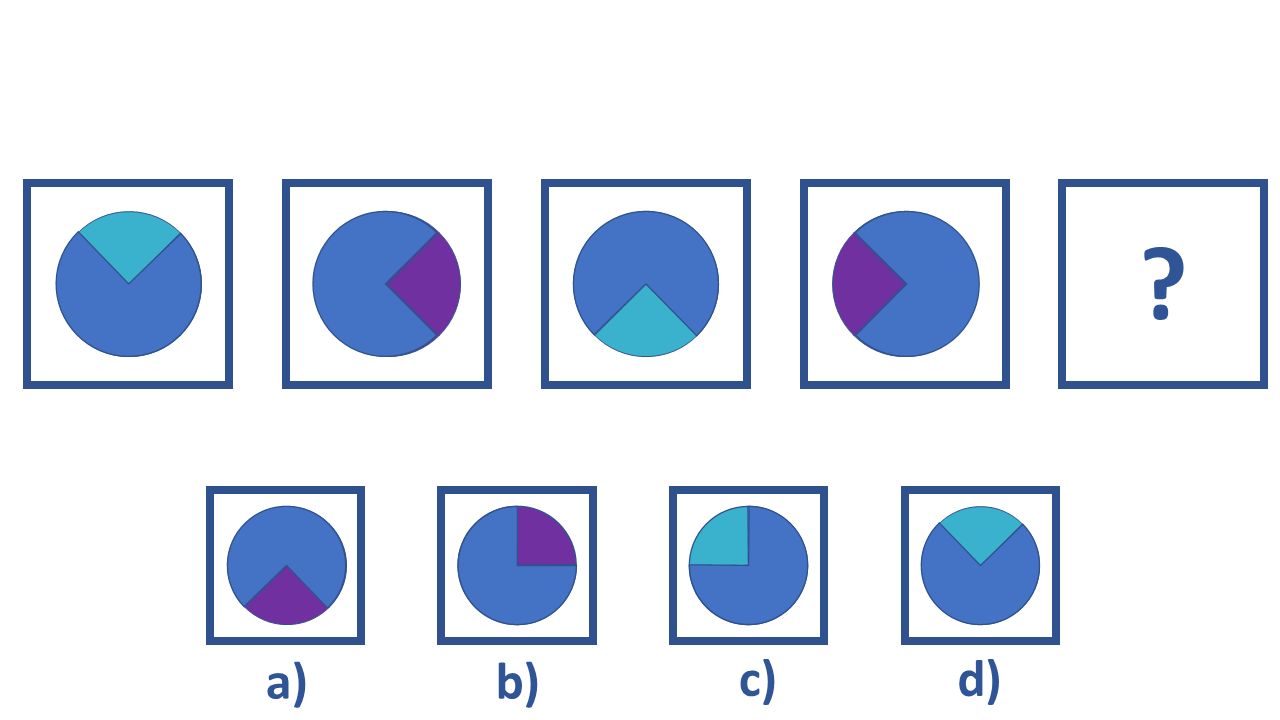
1. What number comes next in the sequence?
1, 2, 3, 5, 8, 13, ?
a) 20
b) 21
c) 22
d) 23
2. Choose the correct number to replace the question mark.
18 → 13 27 → 22 35 → ?
a) 24
b) 18
c) 31
d) 30
If you want 12-month access to all the practice resources for this test, our partner TestPrep-Online.com offers a Family Membership.
Family Membership gives you access to all the TestPrep-Online resources for the next 12 months. You will also get two separate accounts, which can be very helpful if you have two children preparing for their tests.

How to Prepare for the CogAT Test Grade 4: Prep Tips
There are various ways to help your child prepare for the CogAT grade 4.
It is recommended to start grade 4 GogAT test prep around two to three weeks in advance.
Try some of the following ideas:
Step 1. Learn About the Test Format
The CogAT test is very different from traditional knowledge-based tests.
The verbal and numerical questions are unlike the ones taught in class.
This means the format of the questions may feel unfamiliar to your child.
The test can take up to 90 minutes to complete. This demands focus and attention.
Set up a practice zone and do some questions in test conditions. This gives your child an idea of what to expect on test day.
Step 2. Practice Similar Tests Online
There are CogAT-style tests available online. Use these to identify areas of strength and weakness.
You can target these areas by paying more attention to them during the study.
It is important to read answer explanations carefully. These give your child an insight into how to approach similar questions.
Avoid studying for long periods. Break up study sessions so that it doesn’t feel like an onerous task.
Step 3. Learn Through Play
Try out some different activities. For example:
- Solving puzzles
- Reading different genres
- Playing board games
- Playing card games
- Paper folding practice
Practice paper folding so your child can visualize how to complete those questions in the assessment.
Remember to talk about what you’ve read together and use a thesaurus to help increase vocabulary.
Learning doesn’t just take place when studying at a desk. Unstructured activities make learning fun and interactive.
Step 4. Practice Mindfulness
Test-taking and assessments can feel stressful for your child.
Feeling pressured to perform well can cause nerves and worries to surface.
Remind your child that it is simply a way to understand how they learn rather than what they know.
Practicing deep breathing and awareness of the moment can help prevent anxious thoughts.
Try out a few techniques with your child so they can use them during the test if they need to.
This can help to reduce anxiety and boost their confidence that it will go well.
Step 5. Rest Before the Test
Take time to relax the night before and do fun activities. This can help reduce feelings of stress or anxiety about test day.
Make sure your child goes to bed early so they are well rested, and in the morning, provide a full and healthy breakfast so they aren’t hungry before they take the test.
These tips will help your child perform at their optimum on the day.
The 4th grade CogAT test is an aptitude test given to students in K–12. It is designed to identify and predict students’ aptitude for reasoning.
Areas tested include verbal, non-verbal and quantitative reasoning ability.
The 4th grade CogAT test is often used to identify gifted and talented students for entry into advanced academic programs.
The test can feel unfamiliar for students, and this makes it more difficult to pass. It is advisable to use 4th grade CogAT practice test questions.
There are some free and premium CogAT sample tests available at various sites online, such as TestPrep-Online.
They are useful for identifying strengths and weaknesses and creating a study plan to develop these.
You can prepare for the 4th grade CogAT test by taking sample questions online, such as the ones on TestPrep-Online.
This will help familiarize your child with what is expected of them on test day.
Set up a study schedule that includes short periods of study broken up by rest, relaxation and exercise.
Yes, the CogAT 4th grade test is timed. It takes 90 minutes to complete all three batteries.
However, all three might not be administered at the same time.
Sample questions for the CogAT 4th grade test can be found online. These are useful for identifying areas of strength and weakness.
They also provide the necessary study program to help your child perform at their best.
The CogAT test is used in 4th grade to determine the cognitive reasoning ability of students. This can be used to compare students across a class or peer group.
They are often administered to identify students who would benefit from a gifted and talented program of study.
To pass the CogAT test in 4th grade, it is important to practice similar-style questions.
Start studying in advance of the test and work on developing weaker areas of reasoning to improve your score on test day.
The CogAT test is a measure of cognitive ability rather than a pass-or-fail assessment.
If results are lower than expected, support can be put into place to address these areas of weakness.
Usually, it is not possible to retake the CogAT test. For further information, check with your child’s school; it may be possible to retake it after a six-month period.
Yes, you can take the 4th grade CogAT test online. The online version is easier to administer, and results are received more quickly.
A traditional paper and pencil version is also available, so be sure to check with your child’s school to know which version to expect on the day of the test.
You can get a complete guide for the Cogat test online at TestPrep-Online. This is useful for knowing what to expect in the test and for tips on how to improve potential scores.
Final Thoughts
The CogAT test (4th grade) is a challenging test.
It is designed to indicate cognitive strengths and areas for improvement. Teachers can adapt their teaching approach to support areas of weakness and further develop strengths.
To get the best score possible, it is important to prepare in advance; therefore, encourage your child to take a CogAT practice test grade 4 online.
This will help your child improve their confidence and develop the best chance of success.



